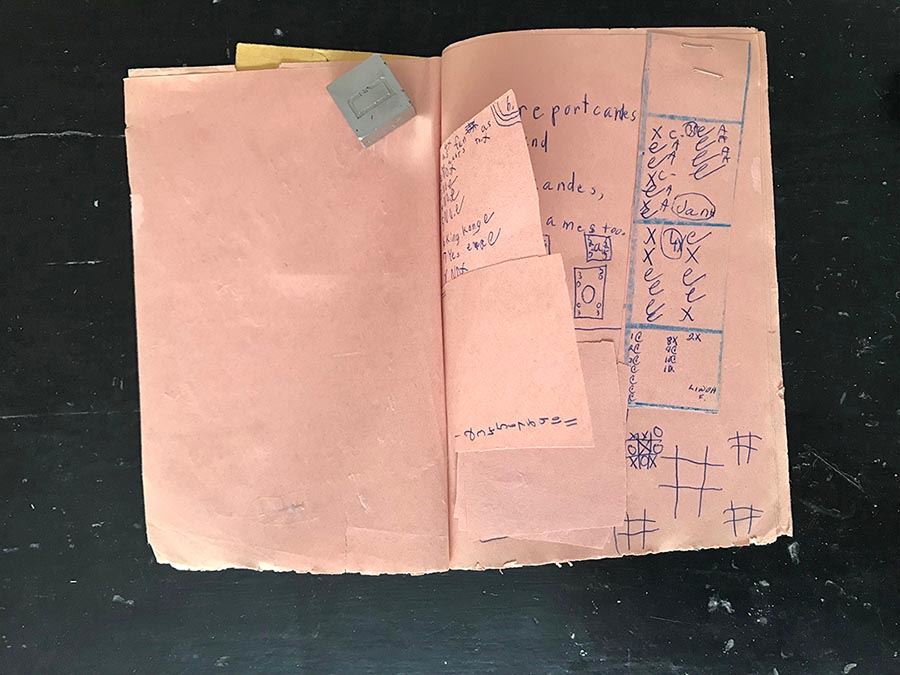Here’s the story of how I, a stationer, grew up thinking like a book artist.
To begin, “stationer” is a trade guild in England dating back to the 1500’s. The stationery trade is at the heart of the history of publishing in general. At its beginning it was akin to fine press printing and to book arts. I make my living as a modern, Americanized version of this.
This may seem an interesting choice for one who, growing up, was uncomfortable reading. Perhaps this was due to an undiagnosed learning disability. Even still, to this day, I love looking at pictures along with feeling printed materials such as ink, paper, various modes of printing, and the mechanics of bound volumes. For me, reading and writing are disciplines quite apart from how I relate to books.
Allow me to explain this seemingly contradictory notion.
My parents’ house had big book shelves in the living room. They were not full but contained several books significant to my book arts development: Imprints from The Heritage Press. These were mass produced, affordable reprints of Limited Editions Club fine illustrated books by the George Macy Companies founded in 1929. They are artfully designed and carefully produced. The typography is classical yet interesting and wonderfully legible. Each is designed in a unique fashion communicating the story the book contains. Many Heritage Press books are illustrated; all are hard cover, most if not all are slip cased. The binding for each is unique as well, and many have faux-tooling and gilding. It was a marvelous experience choosing a Heritage Press book from the shelf, purely by its cover, followed by lifting it off the shelf, sitting (probably on the floor), letting the book out of its decorative sleeve, then flipping through the pages. I learned the names and general stories of many literary classics such as The Wonderful Adventures of Paul Bunyan, Far from the Madding, and The Grapes of Wrath by identifying handsome spines and enjoying looking at well executed pictures.
It is my guess that experiencing The Heritage Press books—without needing to read them—led me to a curiosity about wanting to make them. Throughout grade school, I was fond of crafting bound-volumes commensurate with my understanding of how books function. Luckily, I have many of them still, and they all seem to follow a similar, yet incomplete, pattern:
● A front cover.
● Title page.
● Beginning of a narrative, handwritten.
● Several blank pages completing a signature.
● Back cover.
● Some form of binding holding it all together. Often this was staples and scotch tape.





It appears that making a book was more interesting than caring if it communicated anything or told a story.
Perhaps a love for understanding book structure is the compelling reason we choose to make books. The experience of grabbing, holding, turning pages, interacting with bookish materials (ink, paper, binding) is what brings book artists back, time and again, to create new ones. So maybe an early inability to read allowed me to develop an understanding and appreciation for the book arts, and The Heritage Press books were serendipitous inspirations for this appreciation.
Collins is the country’s leading engraved stationery expert working in her eponymous company, Nancy Sharon Collins, Stationer LLC. She authored The Complete Engraver, has written for PRINT and HOW magazines about design and commercial printing and has appeared in popular Town & Country, VOGUE, Veranda, and The New York Times.

